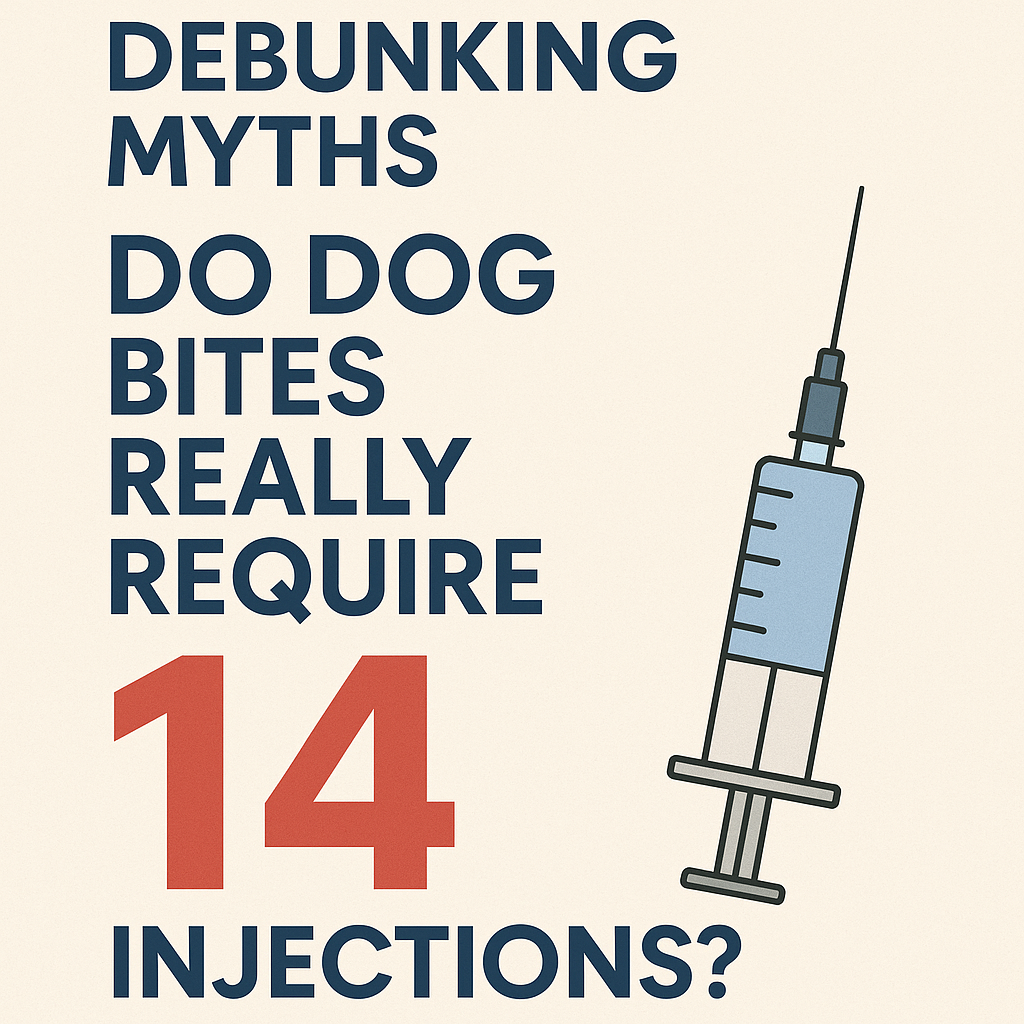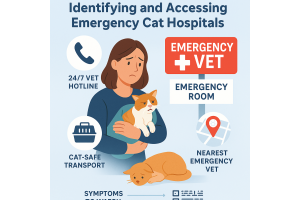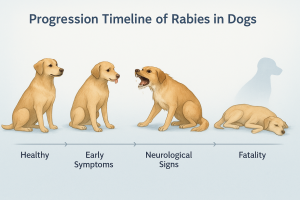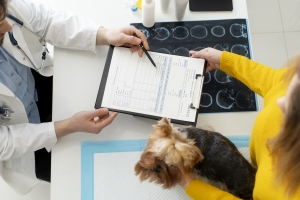Debunking Myths: Do Dog Bites Really Require 14 Injections?

One of the most common myths surrounding dog bites is the belief that a person who has been bitten must receive 14 injections to prevent rabies. This misconception can cause unnecessary fear and confusion. Let’s break down this myth and provide accurate information about dog bite treatment.
1. The Myth of 14 Injections
The idea that a person needs 14 injections after being bitten by a dog is simply not true. In the past, a rabies vaccination regimen was much more complicated, but modern treatments have significantly improved and simplified the process.
- Old Protocols: In the past, the rabies vaccination protocol for dog bites involved a series of up to 14 injections in the abdomen, which understandably caused alarm for those affected.
- Current Protocols: Today, the standard protocol consists of a series of 4 to 5 injections administered over a 14-day period. These injections are given into the arm (not the abdomen) and are much less invasive than the older regimen. The process has been streamlined and is much more manageable for the patient.
2. Factors That Determine Rabies Treatment
While not all dog bites require a full series of rabies vaccinations, certain factors determine whether you need post-bite treatment:
- Vaccination Status of the Dog: If the dog that bit you is vaccinated against rabies, the risk of transmission is significantly reduced. If the dog’s rabies vaccination status is unknown, or if the dog is a stray, it’s important to seek medical attention promptly.
- Type of Bite: The severity of the bite also matters. If the bite is deep, especially if it punctures the skin or draws blood, the risk of infection increases, which may warrant immediate attention.
- Geographical Area: In regions where rabies is more common in the local wildlife population or stray animals, it’s more likely that rabies treatment will be necessary. Rabies is still endemic in many parts of the world, making prompt medical evaluation essential.
3. What to Do if You’re Bitten
If you’ve been bitten by a dog, follow these steps:
- Clean the Wound: Immediately wash the bite area thoroughly with soap and water. This helps reduce the risk of infection.
- Seek Medical Attention: After cleaning the wound, seek immediate medical attention. A doctor will assess the severity of the bite and determine if rabies post-exposure prophylaxis (PEP) is necessary.
- Rabies Vaccination: If your doctor recommends the rabies vaccination regimen, they will provide you with the appropriate injections and instructions on how to proceed.
4. The Importance of Timely Treatment
If rabies post-exposure treatment is needed, it’s important to start it as soon as possible after the bite. Rabies is a fatal disease once symptoms appear, but if treatment is administered before symptoms develop, rabies is preventable. Starting the vaccine series within 24 hours of exposure gives the best chance for a full recovery without complications.






